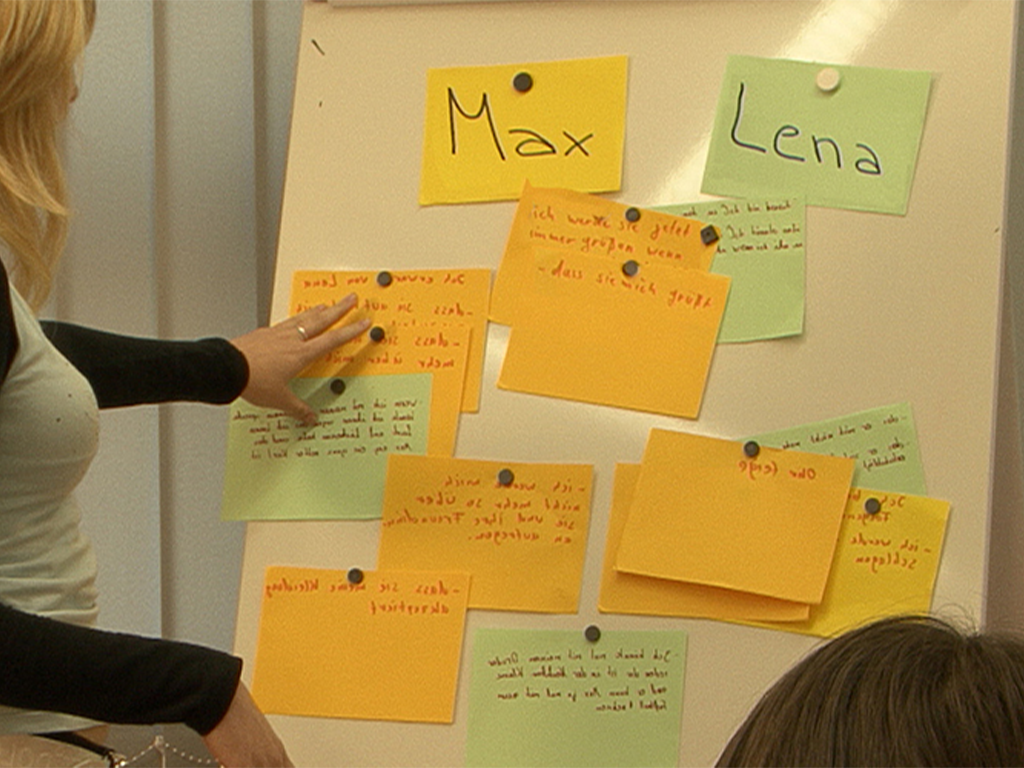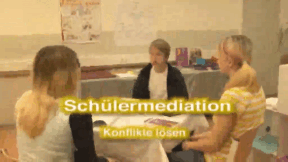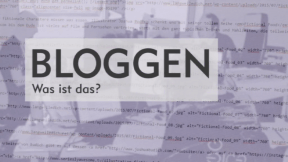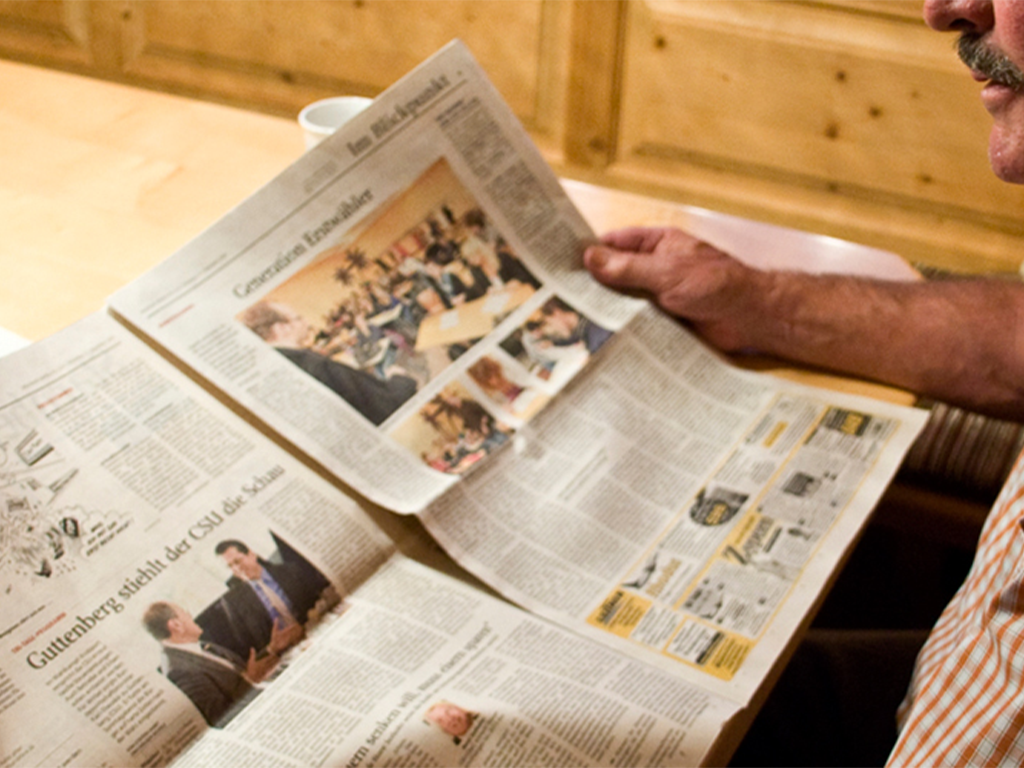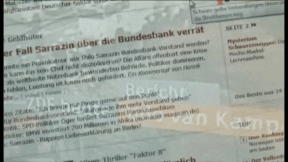 Biology
Biology
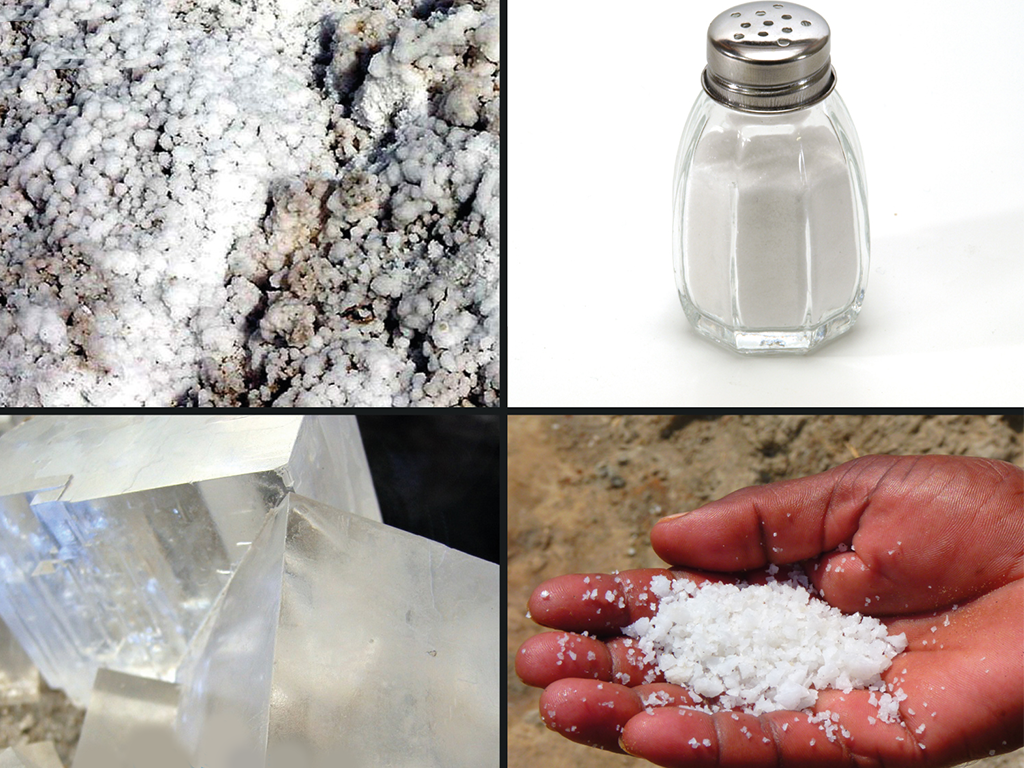
4670853 / 5560959
Salz
Vom Würz- zum Wundermittel
Ein vermeintlich gewöhnliches und billiges, weißes Gewürz gilt im Altertum als Göttergabe, in unserer Zeit kann man es kiloweise im Supermarkt kaufen. Die Rede ist von Salz, der chemischen Verbindung aus Natrium und Chlorid. Seit Jahrtausenden kennen die Menschen mannigfache Verwendungsmöglichkeiten für das Mineral. Am bekanntesten ist es als Gewürz, aber es dient auch als Arznei-, Konservierungs- und Desinfektionsmittel. "Schau dich schlau!" präsentiert die spannendsten und erstaunlichsten Fakten rund um das "weiße Gold". Wer glaubt, dass Salz einfach Salz ist, hat sich geirrt. Auch hier gibt es Qualitäts- und damit enorme Preisunterschiede. Während im Supermarkt 500 Gramm herkömmliches Salz ungefähr 20 Cent kosten, muss man für die gleiche Menge an "Flor de Sal" zirka acht Euro und mehr hinblättern. Denn "Flor de Sal" wird in mühevoller Handarbeit auf Mallorca hergestellt. Bevor die Kristalle unter der warmen Mittelmeersonne trocknen können, muss ein Arbeiter sie von der Wasseroberfläche abschöpfen. Durch diese vorsichtige und schonende Produktion wird garantiert, dass alle Mineralien und Spurenelemente im "Flor de Sal" erhalten bleiben. Für "Schau dich schlau!" reist Fero Andersen zur Salz-Ernte nach Mallorca. Mit der Ausbeute im Gepäck besucht er einen Sterne-Koch und kreiert mit ihm exklusive Gourmet-Kreationen. Außerdem: Wie kann versalzenes Essen gerettet werden? Währenddessen bleibt Joey Grit Winkler im wahrsten Sinne des Wortes bodenständig und begibt sich unter Tage in ein Salzbergwerk. Hier lernt sie alles über Salz - vom Entstehen des Minerals bis hin zur Verarbeitung. Außerdem stellt Joey die schönen Seiten des Salzes vor. Denn zur Schönheitspflege und zur Wellness dient das vielfältige Mittel genauso wie zum Würzen. Zum Abschluss gibt "Schau dich schlau!" noch viele Tipps zum richtigen Umgang mit dem "weißen Gold" und beantwortet Fragen wie: Verursacht zu viel Salz wirklich Bluthochdruck? Oder: Kann Salzwasser Wunden heilen? Zusammen mit dem umfangreichen Begleitmaterial eignet sich die DVD bestens für den Einsatz im Unterricht.
Play trailer
Curriculum-centred and oriented towards educational standards
Matching
Peer Mediation
Lena and Max attend the 7th form. Max is new in class. During a break, Max notices that Lena and her friend are laughing at him again. Max loses his temper! He slaps Lena in the face. That hurts and Lena runs back into the classroom with a red cheek. The growing conflict between the two has escalated. Just like Lena and Max, every day pupils all over Germany have rows with each other. At the Heinrich Hertz Gymnasium in Thuringia, pupils have been trained as mediators for years. At set hours, they are in a room made available by the school specifically for mediation purposes. The film describes the growing conflict between Max and Lena and shows a mediation using their example. In doing so, the terms “conflict” and “peer mediation” are explained in a non-technical way. The aims of peer mediation and its progress in five steps as well as the mediators’ tasks are illustrated. The art of asking questions and “mirroring”, which the mediators must know, is described and explained. Together with the comprehensive accompanying material, the DVD is a suitable medium to introduce peer mediation at your school, too.
Blogging
The weblog or blog, for short, as a medium is not much older than this century. Blogs came into being in the World Wide Web as ’messages from below’, as web pages from web creators who wanted to share their view of the world with the world. They are short notes, long texts, pictures, videos, which are posted loosely and at random intervals to the world for an undefined public.
The Daily Newspaper
Every day, there is a surge of news reaching us via different news channels. In spite of TV and Internet, the daily paper still is one of the most important main sources of news. But how is a newspaper created? The film shows the production of a paper in the course of one day. Starting with the editorial meeting in the morning, in which the topics and deadlines are determined, the film accompanies a journalist during her research work. You can see how a journalistic interview is conducted and what the photographer must consider when taking a press photo. Back in the editorial office, the editor’s work is illustrated, which includes the page layout and the writing of an online article in today’s time. Impressive pictures from the printing centre depict the process from the digital page to the finished newspaper. Together with the comprehensive accompanying material, the DVD is perfectly suited for use at school




